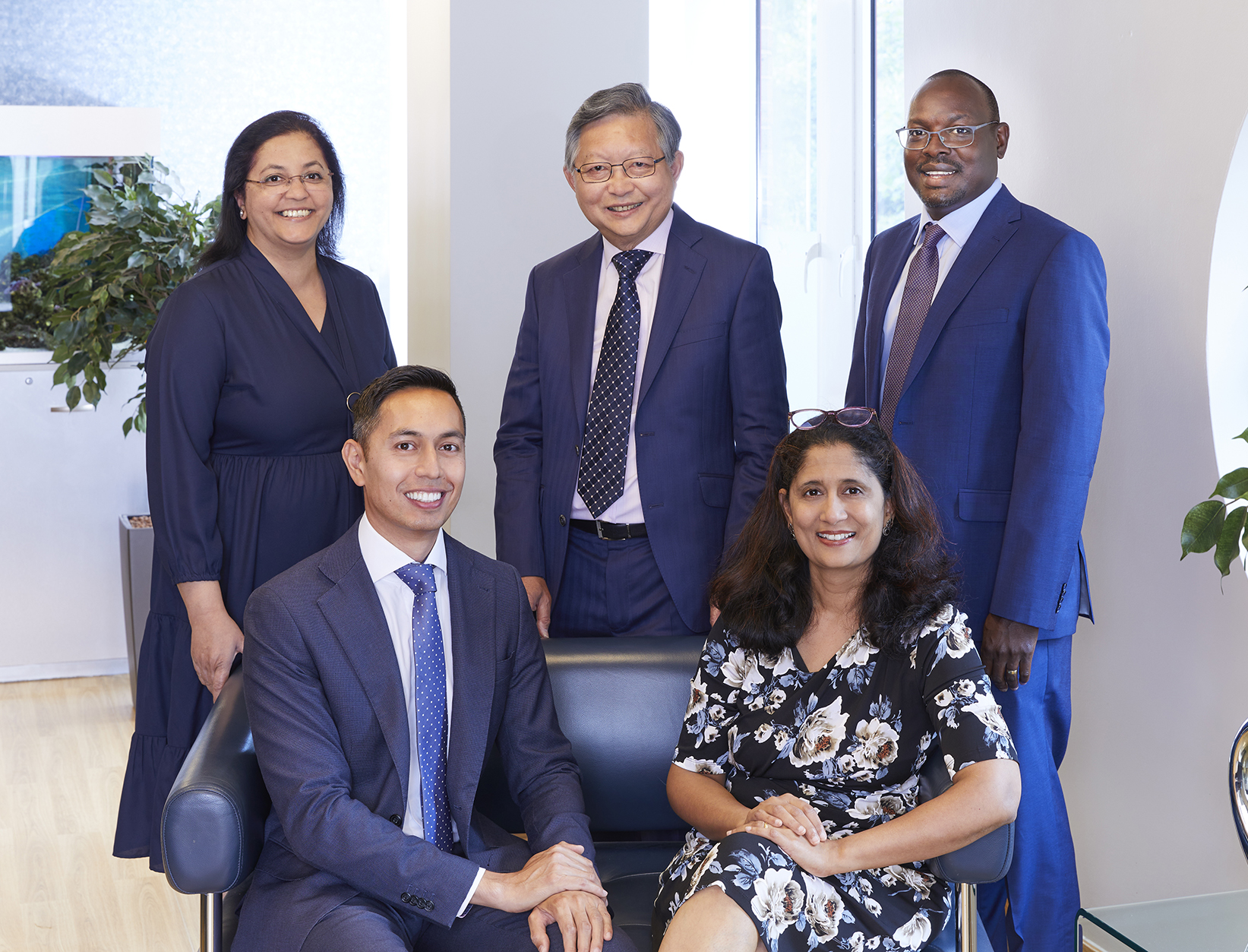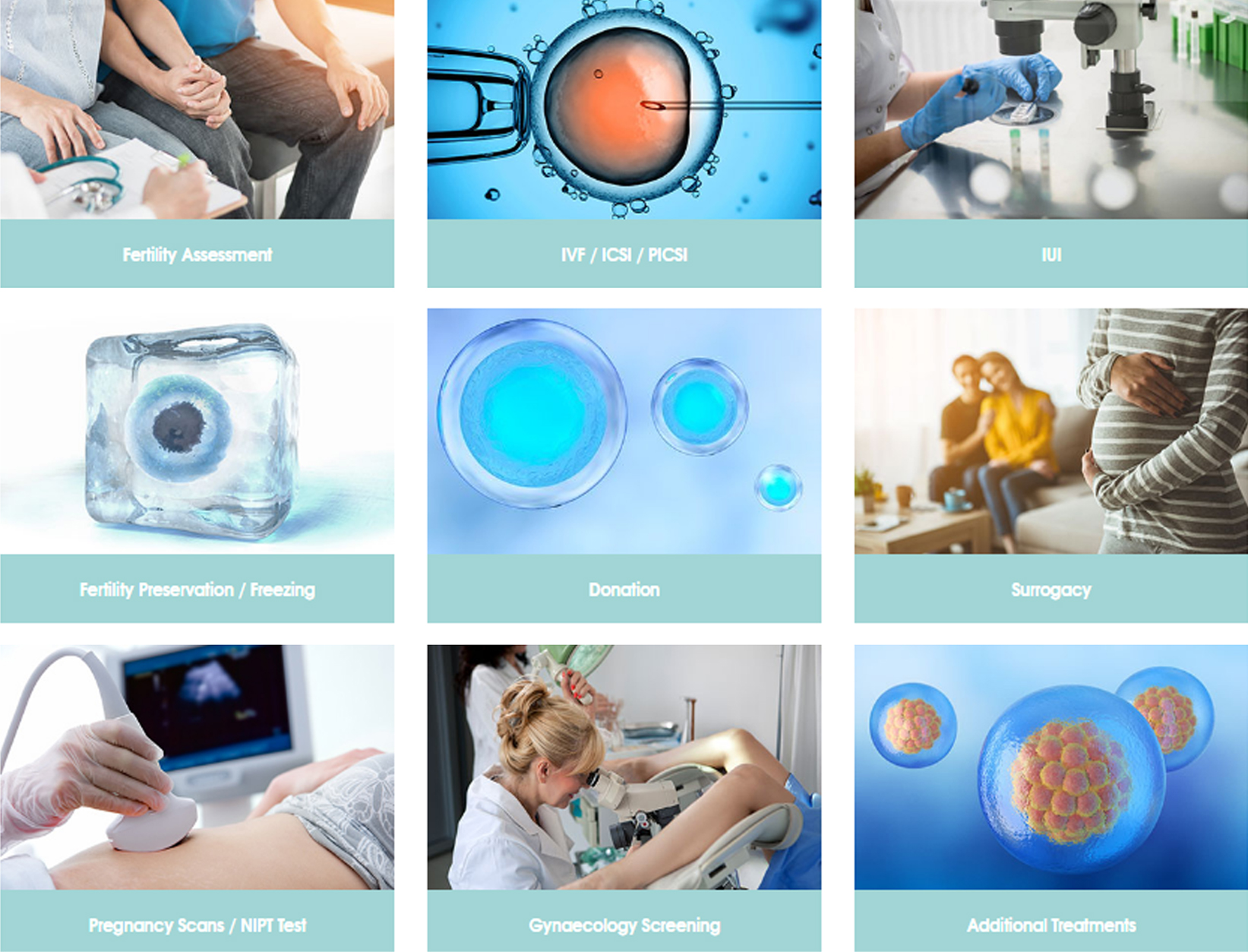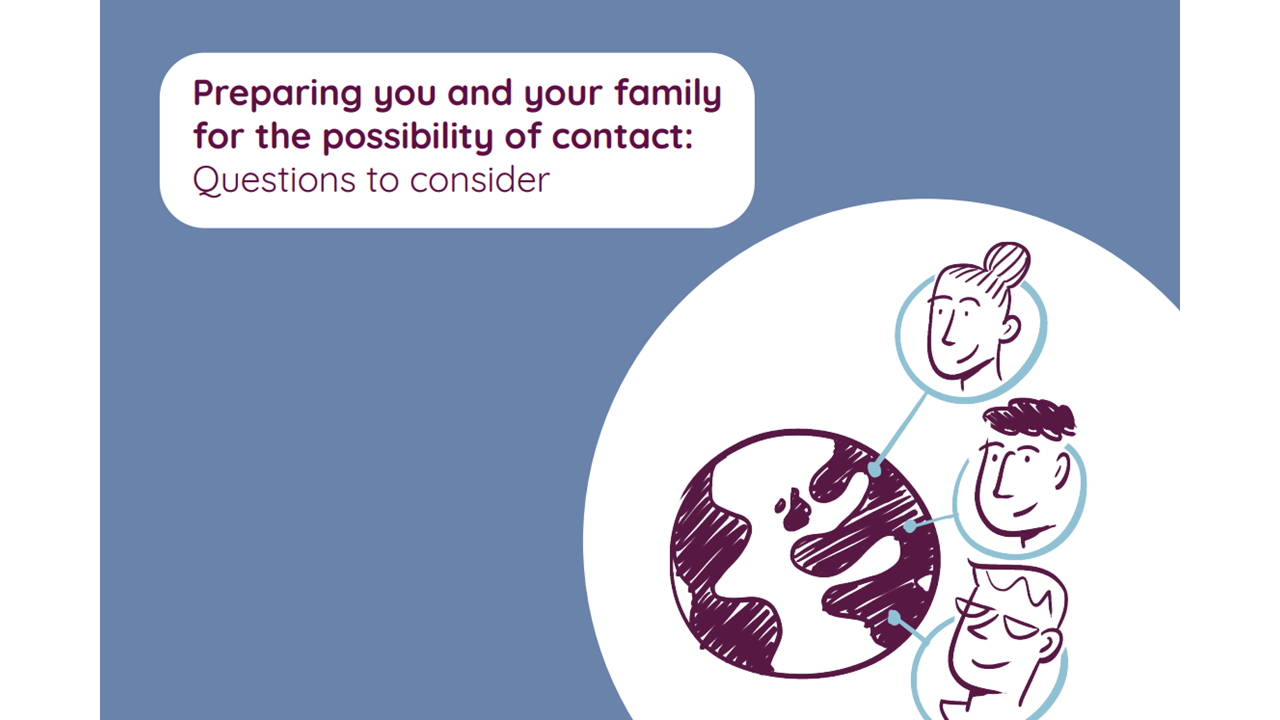3rd October 2023
Fertility
Follow the latest news and developments in the world of fertility.
< View all our fertility news and posts


A helpful resource about Donor Anonymity has been created for donors and donor-conceived families, by contributors like the HFEA, DCN, BFS, ARCS, BICA, SEED, and more.
Whether you’re a donor or from a donor-conceived family, you can find detailed answers to all your questions in this helpful FAQ.
Q: What is the likelihood I will be contacted?
A: Lots of factors will determine if a child conceived by donation will reach out to their donor. A really important factor will be how the donor-conceived person has processed the information regarding the nature of their conception. You will also need to remember that there is a possibility that the family has not (yet) disclosed to the person that they are donor-conceived. Circumstances will vary from family to family. Each donor-conceived person is an individual, but once the first cohorts of donor-conceived people with identity release donors turn eighteen (from October 2023), the HFEA will be able to provide information on how many donor-conceived people have requested identifying information.
It is worth noting that even though contact may not happen as soon as the donor-conceived person turns 18, it could still happen at any point in the succeeding years. We know from research that key milestones in life – such as becoming a parent – or the experience of health concerns can be a prompt for seeking contact. You should not expect that every donor-conceived person will ask for contact. For example, you may have helped 10 families and received no contact requests, but others may have helped five families and have multiple requests.
Contact with donor-conceived people: Donor FAQ
Contact stories: Donors
Important information for people who have donated eggs, sperm, or an embryo in the past
Preparing you and your family for the possibility of contact – Questions to consider
Stories of (possible) contact – Relatives of donors










